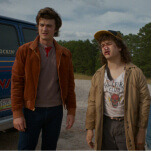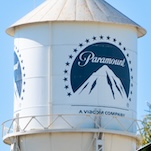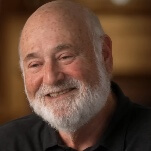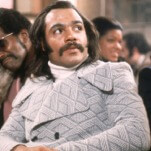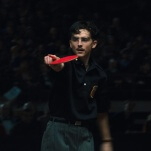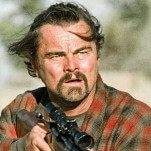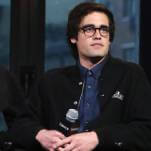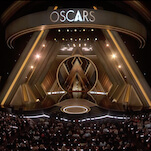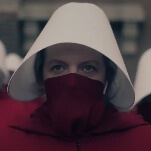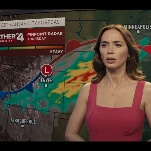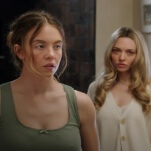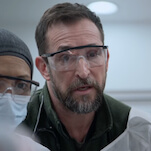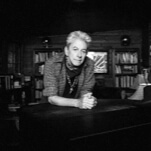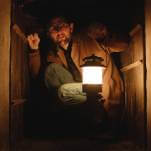The art of slow motion and the discarded image
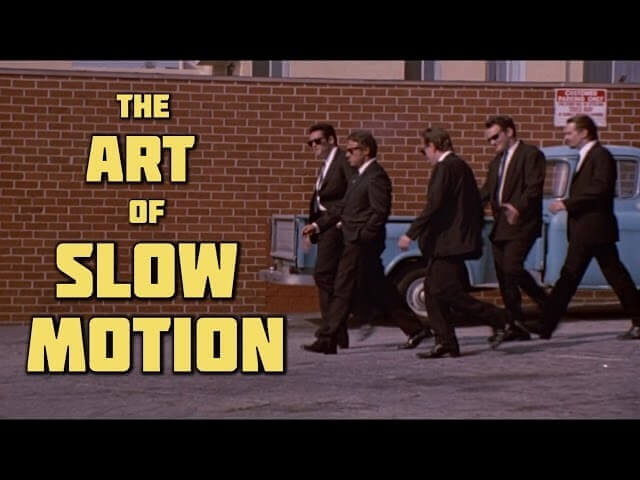
Traditionally, films are both shot and projected at a rate of 24 frames per second. This produces a smooth flowing moving image that approximates the way that the human visual system perceives the world. However, if one were to “overcrank” the camera and shoot more frames per second than will ultimately be projected, the resulting effect is a uniquely cinematic experience. Time seemingly slows down, and the movements of the world can be observed in a manner not possible 200 years ago. This is slow motion, and it’s been a vital tool of filmmakers since very shortly after the invention of the movie camera in the mid-19th century.
In this short, explanatory video from The Discarded Image YouTube channel, Julian Palmer (who previously broke down the shower scene from Alfred Hitchcock’s Psycho for us) walks us through the many ways in which this cinematic device is used to manipulate the audience’s emotions and enrich their viewing experience.
Below, we have two iconic slow motion scenes that Palmer briefly touches on in his video. It might be worth taking a closer look at both of them to get a better understanding of the different ways in which slo-mo can be used. Take a look at this scene from 1987’s The Untouchables:

